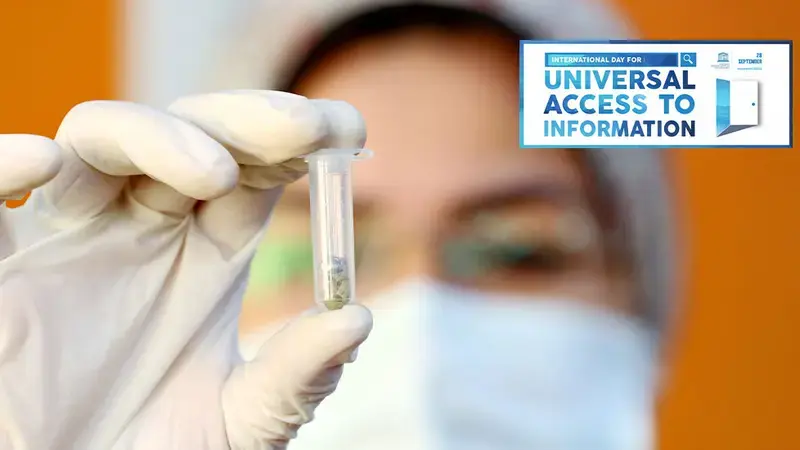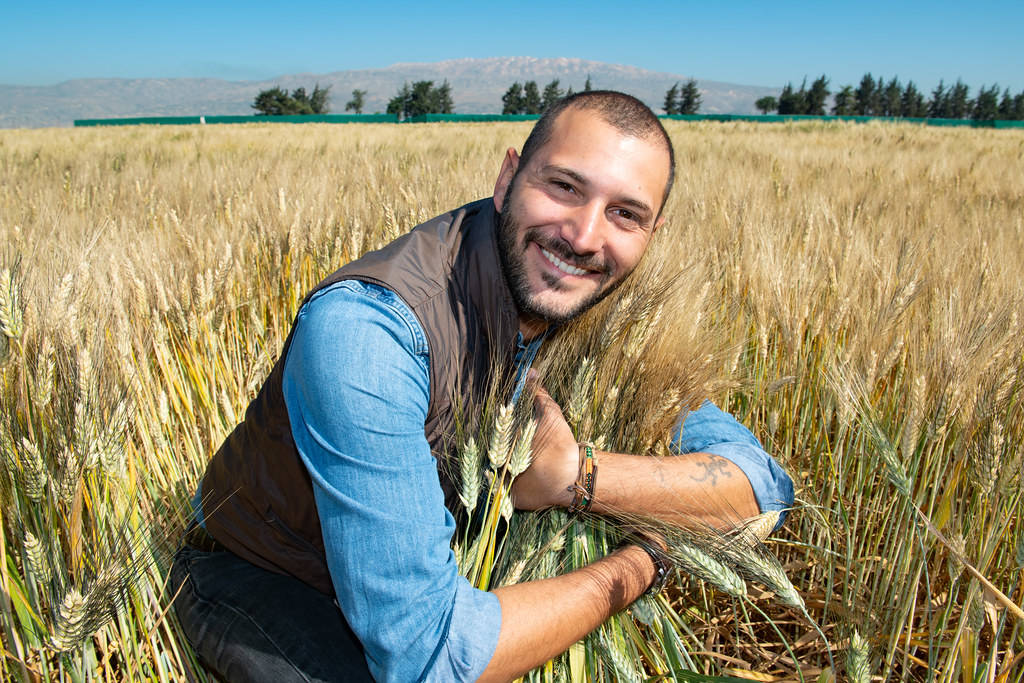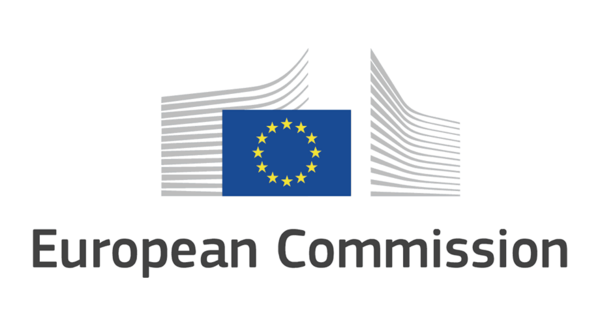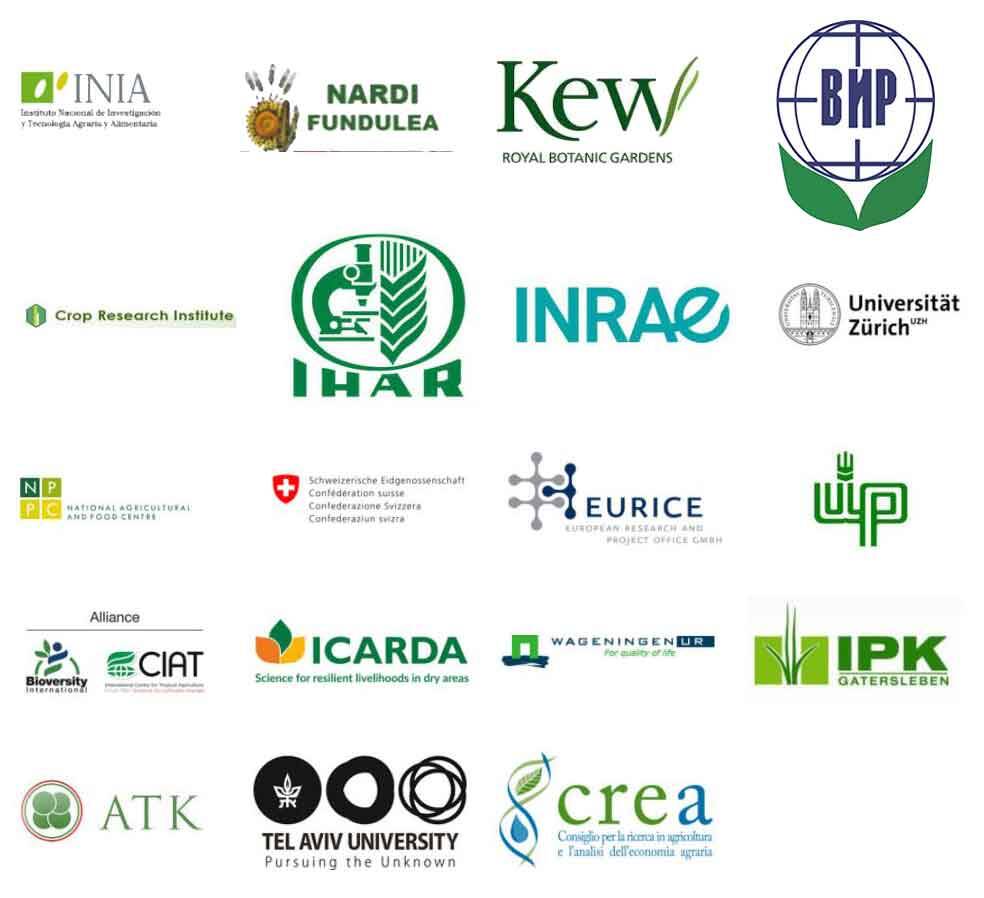AGENT: an EU H2020 funded Project Delivers Universal Access to Genebank Information

Agrobiodiversity is arguably the basis of all human life. Without it, we would not grow the diverse range of agricultural products we need to feed and clothe ourselves.
Although millions of people rely on it for their livelihoods, agrobiodiversity is increasingly threatened as climate change intensifies, populations grow, natural resources are depleted, and commercial farming practices like mono-cropping proliferate.
To collect, conserve, protect, and adapt agrobiodiversity to today’s challenges, organizations like ICARDA set up genebanks decades ago. In fact, there are about 1,700 of these across the world storing 7.5 million seeds and plant genetic materials for research and cultivation. Genebanks act as the largest global repository of plant genetic material.
These precious resources have survived hundreds of years of climatic stresses, often growing in remote areas and experiencing very harsh conditions -from frost to drought, in tropical, temperate, or arid contexts-, where they thrived with limited or no help at all from humans.
Therefore, genetic material and seeds are true treasure troves for breeders, who use them to improve crops’ ability to adapt to a changing climate. Having access to this phenomenally extensive database of seeds is key to ensuring the survival of agriculture in the future.
Yet, how can we know for sure which one of these hundreds of thousands of seed packages is the right one to improve modern cultivars? This really is the central question, and to answer it, we must understand the climate-smart characteristics of the seeds stored in genebanks all over the world.
Unsurprisingly, this process is far from straightforward.
In fact, not all genebanks have the necessary resources to generate extensive field evaluation data on the material that they store, and even if they do, characterization changes between genebanks.
For instance, what can be defined as drought in Northern Germany is often a normal season in the South of Italy. As a result, researchers and breeders cannot access crucial knowledge and make comparisons of genetic data across genebanks, which hinders their ability to identify the ones with ideal traits for specific contexts.
Therefore, there is an urgent need to find ways to standardize the categorization of this material and make it universal.
The EU-funded H2020 ‘Activated Genebank Network (AGENT)’ project aims to change this by transforming genebanks from passive seed libraries into advanced bio-informatics resource centers.
Coordinated by the Leibniz Institute of Plant Genetics and Crop Plant Research (IPK) in Germany, AGENT formed a consortium of 15 genebanks and four genebank genomic centers from Europe and the Middle East, including ICARDA.
This large network focuses on characterizing and standardizing barley and wheat’s genetic material, with the long-term view of adding more crop collections, and of encouraging other global genebanks to join when the advantages are demonstrated.
The project’s partners will focus on barley and wheat first, before transferring the new standardized protocols and concepts to existing datasets for other genetic resources' collections.
“Barley and wheat are present in all the collections of the 15 genebanks involved in AGENT, which is why we decided to start there,” explained Dr. Filippo Bassi, ICARDA’s Senior Scientist and durum wheat breeder, who manages ICARDA’s side of the project.

“Going back to the issue of seed characterization, as it stands, there is no common standard to all genebanks,” he said. “This creates countless difficulties for breeders when searching for the best traits in a seed.”
Take the example of the flowering time of a particular landrace. In Morocco’s hot weather, a seed will flower in 140 days and be recorded in ICARDA’s genebank as such. It would be labeled as early flowering and will indicate the number of days it needs to flower.
But the same seed cultivated in Germany, a far cooler environment with longer winters, might need 200 days to flower.
“Although the two landraces share the exact same DNA, one would be considered early flowering and not the other,” said Dr. Bassi. This is not even considering the plant’s other important traits such as disease resistance or ability to thrive during a drought.
AGENT will solve this by standardizing the characterization of genetic material across the whole network of genebanks.
“Identifying the problem was easy,” explained Dr. Bassi. “ICARDA and many of our EU partner genebanks already have principles in place that can be applied and used,” he added.
AGENT aims to simplify this complexity and standardize approaches to make the work and lives of genebank managers across the world easier, he explained.
Any plant that is collected is genotyped, giving us all the information on its DNA makeup, explains Dr. Bassi. “If you combine their DNA makeup with their field performances, you can find very interesting things that can improve breeders’ ability to define useful germplasm ten folds, or even more”, he said, adding that this segment of the project is led by ICARDA.
ICARDA and three other centers were tasked to deliver this genomic work, which involves a lot of statistics and is quite complex. “Through AGENT, we can devise simpler tools and procedures for all genebanks to follow suit. This is what AGENT is all about,” said Dr. Bassi.
“I am not aware of any other major donors other than the EU that have invested in genebanks in this way, bringing together multiple resources and countries,” he added. “By recognizing the importance of the agrobiodiversity in genebanks, the EU is way ahead of the game,” he concluded.
-----------------------------------------

This project has received funding from the European Union’s Horizon 2020 research and innovation programme under grant agreement No 862613.
ICARDA is grateful to its AGENT partners for their collaboration, and for making this important work possible.

